Omega-3 fatty acids are known as the "good fats" in our diet. Typically, people think of fish oil when they hear about Omega-3 fatty acids. However, for vegetarians who do not consume fish, finding alternative sources of Omega-3 can be a challenge. Fortunately, purslane (Portulaca oleracea) is emerging as a fantastic plant-based option, often referred to as the "plant fish oil," providing a rich source of Omega-3 fatty acids for those who follow a vegetarian diet.
Understanding Omega-3 Fatty Acids
Omega-3 fatty acids are essential fats that our body cannot produce on its own. They must be obtained through diet. There are three main types of Omega-3 fatty acids: ALA (alpha-linolenic acid), EPA (eicosapentaenoic acid), and DHA (docosahexaenoic acid). ALA is found primarily in plant sources like flaxseeds, chia seeds, and walnuts, while EPA and DHA are mainly found in fish and other marine sources. For vegetarians, finding a reliable source of Omega-3 fatty acids, especially EPA and DHA, is crucial for maintaining optimal health.
The Nutritional Powerhouse: Purslane
Purslane is a plant that has been unfairly overlooked for a long time. However, recent studies have revealed that it is a nutritional powerhouse, particularly in terms of Omega-3 fatty acids. Purslane contains a significant amount of Omega-3 fatty acids, with about 300 to 400 mg of Omega-3 per 100 grams. This is higher than many types of fish, including cod and tilapia. For vegetarians, purslane can be a game-changer as a plant-based "fish oil" alternative.
Health Benefits of Purslane and Omega-3 Fatty Acids
The health benefits of Omega-3 fatty acids are well-documented. They play a crucial role in reducing inflammation, which is linked to various chronic diseases, including heart disease, diabetes, and certain cancers. EPA, in particular, is known as a "blood vessel cleaner," helping to reduce cholesterol and triglyceride levels, and DHA is vital for brain health, especially for cognitive development and vision.
Purslane, with its high Omega-3 content, offers these benefits without the need for fish consumption. Additionally, purslane is rich in other nutrients such as vitamins A, C, and E, as well as minerals like magnesium and potassium. These nutrients work synergistically to provide comprehensive health benefits, including immune support and antioxidant protection.
Practical Ways to Include Purslane in Your Diet
Adding purslane to your diet is easier than you might think. It is a versatile plant that can be used in various dishes:
- Salads: Mix fresh purslane leaves with other greens, cherry tomatoes, and a light vinaigrette for a refreshing and nutritious salad.
- Smoothies: Blend purslane with fruits like berries or bananas for a healthy, Omega-3-rich smoothie.
- Stir-fries: Use purslane in stir-fried dishes with garlic and other vegetables.
Omega-3 Alternatives for Vegetarians
While purslane is a great source of Omega-3 fatty acids, there are other plant-based options for vegetarians:
- Algal Oil: Derived from algae, this supplement provides both EPA and DHA, making it a direct alternative to fish oil.
- Flaxseeds and Chia Seeds: These seeds are rich in ALA, which can be converted into EPA and DHA in the body, though the conversion rate is relatively low.
- Walnuts: Another excellent plant source of ALA, walnuts also provide other health benefits, including antioxidants.
For vegetarians, finding a reliable source of Omega-3 fatty acids is essential for maintaining good health. Purslane, with its high Omega-3 content, offers a delicious and nutritious plant-based alternative to fish oil. By incorporating purslane into your diet, along with other plant-based Omega-3 sources like flaxseeds and walnuts, you can ensure that you are getting the full benefits of these essential fatty acids. Embrace the power of plants and make purslane a part of your healthy eating regimen.
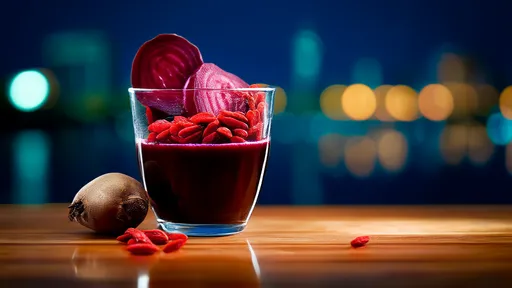
By /Jul 1, 2025
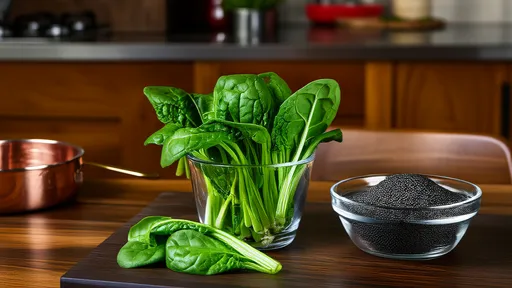
By /Jul 1, 2025
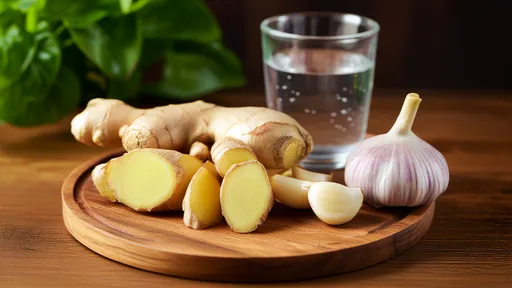
By /Jul 1, 2025
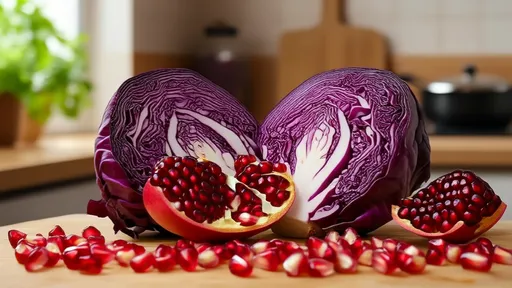
By /Jul 1, 2025
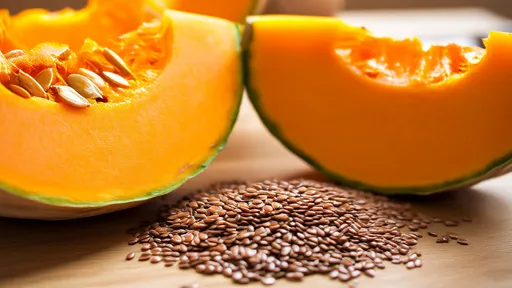
By /Jul 1, 2025
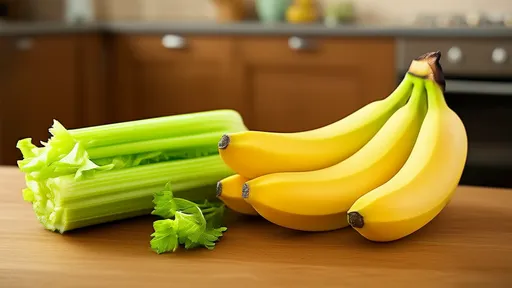
By /Jul 1, 2025
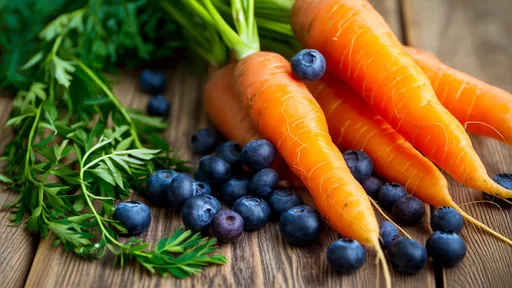
By /Jul 1, 2025
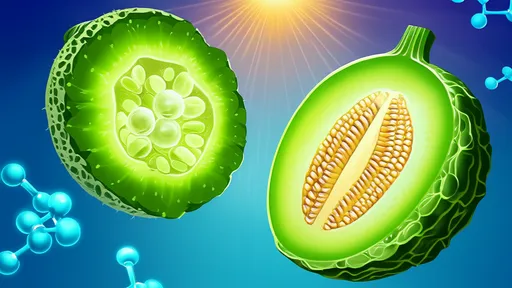
By /Jul 1, 2025
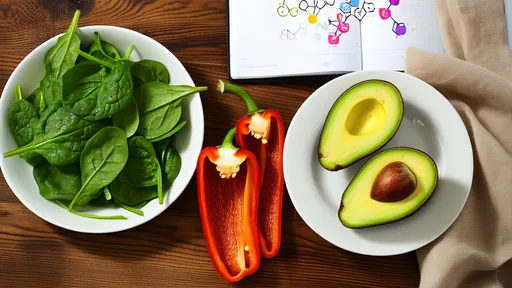
By /Jul 1, 2025

By /Jul 1, 2025

By /Jul 1, 2025

By /Jul 1, 2025
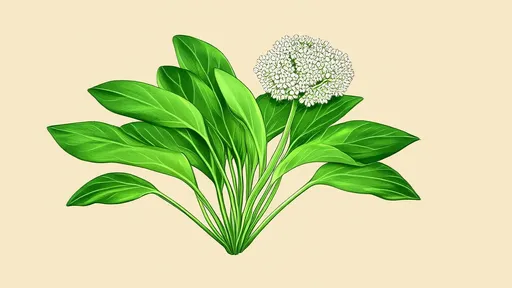
By /Jul 1, 2025
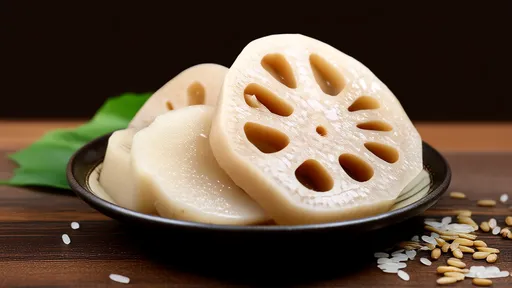
By /Jul 1, 2025

By /Jul 1, 2025
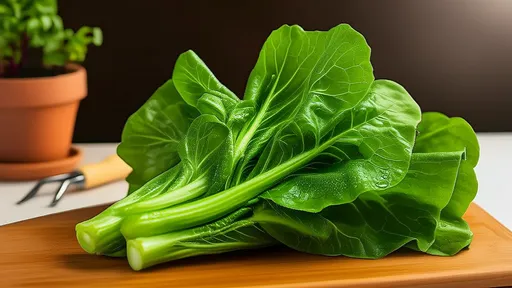
By /Jul 1, 2025
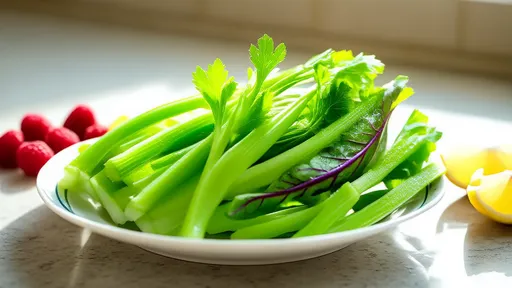
By /Jul 1, 2025